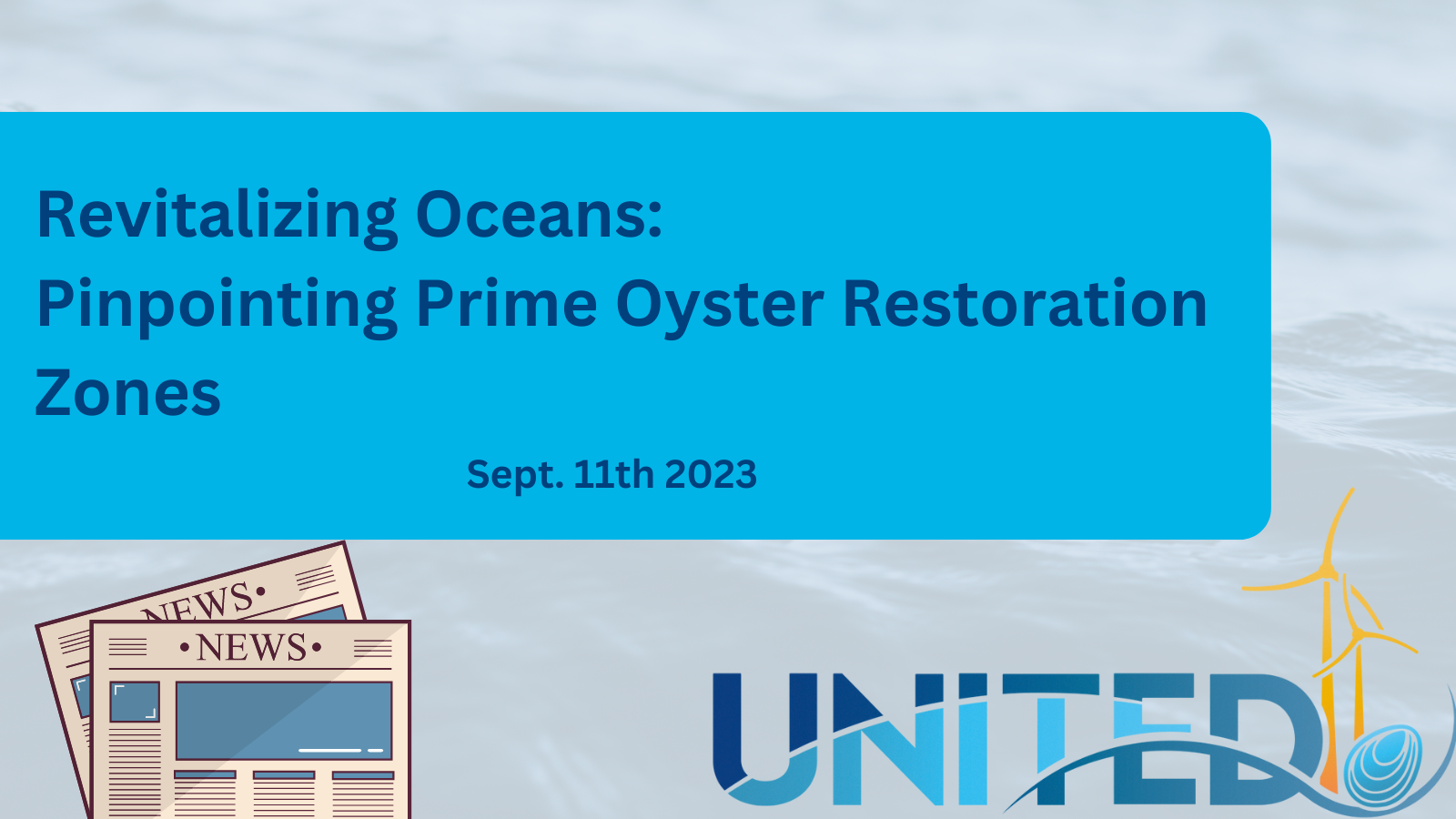Offshore Flat Oyster Habitat Restoration: New Insights from UNITED
11 September 2023
We are excited to share the latest findings from UNITED in the effort to protect and restore marine biodiversity. Leveraging the mandates set forth by prominent EU frameworks and directives, this new work explores the promising landscape of offshore oyster bed restorations in the context of the European marine ecosystem.
Recognized as fundamental in enhancing biodiversity and offering myriad ecosystem services, flat oysters (Ostrea edulis) are emerging as the focal point of numerous habitat creation and restoration projects across Europe. This venture is driven not only by the oyster's natural habitat engineering abilities but also by its historical significance to coastal economies.
While the past has witnessed substantial restorative efforts predominantly inshore, there is now an increasing interest to expand these initiatives offshore, targeting areas historically known for large oyster beds. The venture, however, is not without its set of challenges, which range from high operational costs to stringent legal requisites and logistical constraints. The concern over the suitability of many offshore areas, considering their current state, forms a significant knowledge gap.
To facilitate informed and strategic site selection, the Native Oyster Restoration Alliance (NORA) has come forward with a comprehensive Site Selection Checklist. This instrument identifies essential and desirable criteria, spanning threats to habitat restoration, project logistics, socioeconomic, biotic, and abiotic factors, to guide the site selection process for restoration projects.
Understanding the European flat oyster's fundamental niche, including their interaction with various environmental factors, stands central to these efforts. The work delves deep into species-environment interactions, defining the habitat based on sediment type, temperature, salinity, and food availability, aiming to evaluate and identify areas where restoration projects can potentially thrive.
As we envision a future of vibrant oyster habitats, this groundbreaking work sets forth a realistic niche model. Applying this to the English Channel and the North Sea, it helps pinpoint areas conducive to the successful restoration of offshore flat oyster habitats, marking a significant step towards sustainable marine ecosystem restoration.
For more detailed insights into this intricate process and the promising pathways it designs for marine restoration, explore the full publication here.

